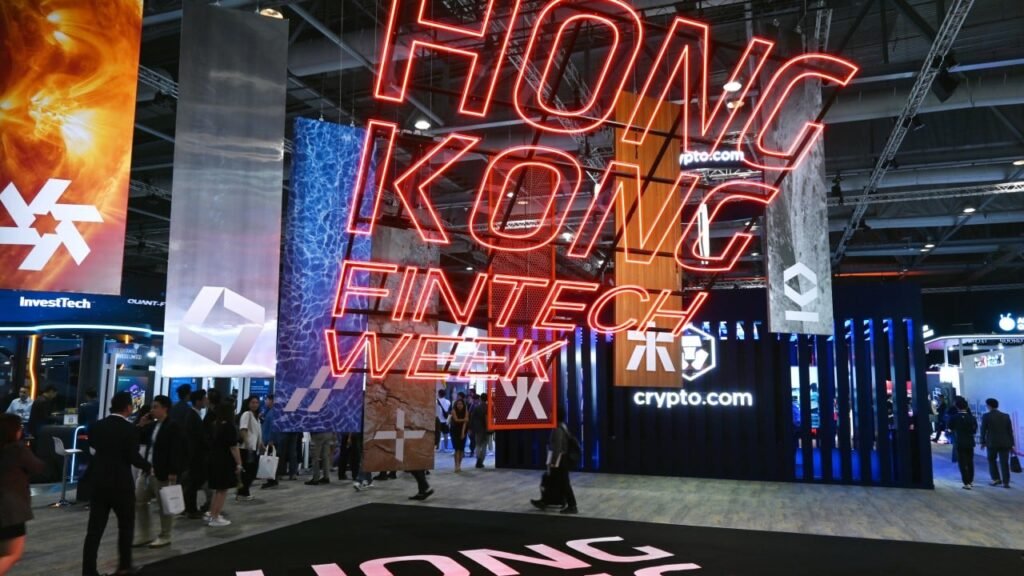This week, under the impact of tariff-related issues, the broader market has become indecisive. Previously strong technology and semiconductor stocks have been notably affected. From the perspective of institutional investors, with the Hang Seng Index delivering a 30% return year-to-date, most institutional investors have achieved returns in the range of 30% to 40%. With little time left in the year — effectively less than two months (the second half of December is typically a holiday period, offering limited contribution to returns) — it is reasonable for most investors to scale back their positions and secure their gains.
Looking ahead, there are two more Federal Reserve interest rate decisions remaining this year, with limited variability expected; a probable scenario is a 25-basis-point cut each time. The core issue remains U.S.-China trade relations, which will likely continue to see tit-for-tat negotiations aimed at securing optimal leverage. In the long term, I remain optimistic, as any escalation into areas such as soybeans and rare earths — both key topics — would only extend into non-core domains.
Given the above context, how should one approach the final two months of the year:
- Overall portfolio positioning: Whether in U.S. or Hong Kong equities, I believe it is necessary to reduce positions at this point. The opportunities and room for further returns are diminishing.
- Market-leading stocks: Earlier this week, we mentioned chipmakers (SMIC, 0981.HK), tech giants (Baidu, 9888.HK), and domestic circulation plays (Pop Mart, 9992.HK; Bloks, 0325.HK). For now, only Pop Mart has shown notable performance. Chips and tech stocks have proven weaker than expected. The upcoming Q3 earnings season could be a turning point. My previous response regarding buying SMIC and Baidu at the 20-day moving average has already fallen below that level. I recommend waiting for Q3 results and using the 50-day moving average as a stop-loss point.
- Rotating into A-share ETFs: In early September, I introduced two A-share ETFs: the CSOP STAR 50 ETF (588000) and the ChinaAMC AI Theme ETF (515070), both holding Cambricon (688256). Tensions in U.S.-China relations have underscored the importance of domestic circulation. A-shares’ unique ecosystem also makes them relatively insulated from U.S.-China tensions. Entering at current prices offers relatively safer exposure.
 On the index front, my earlier projection of a pullback to 26,000 now suggests that 26,000 will be a major resistance level for the latter half of October. Remember, to make money, patience is key; this is not the time to double down.
On the index front, my earlier projection of a pullback to 26,000 now suggests that 26,000 will be a major resistance level for the latter half of October. Remember, to make money, patience is key; this is not the time to double down.
Author: Create Lee (Mingde Li)
The author is a licensed person under the Securities and Futures Commission. Our company’s investment portfolio may hold the aforementioned stocks.
If you want to follow more investment knowledge or stock market insights, you can FOLLOW Create Sir on Facebook: facebook.com/createsir
IG:
Original article published on HKMoneyClub.
More content you might be interested in:
HSBC’s Privatization of Hang Seng: Market Strategy
Is IBM the best quantum computing stock?
Ren Zeping: This bull market is a once-in-a-decade opportunity to discover ten major trends.
Bouncing Back from the Bottom: How Wall Street’s Top Performers Use These Three Steps to Turn Their Lives Around
After reading the news, be sure to follow hkmoneyclub on the following platforms to receive more analysis and commentary!
YouTube: hkmoneyclub ()
The information provided in this document is for general reference only and does not constitute personalized investment solicitation or advice. The author does not hold any of the stocks mentioned. HK MoneyClub ()








